Comparing canine brains using 3-D-endocast modelling
$ 21.00 · 4.9 (491) · In stock
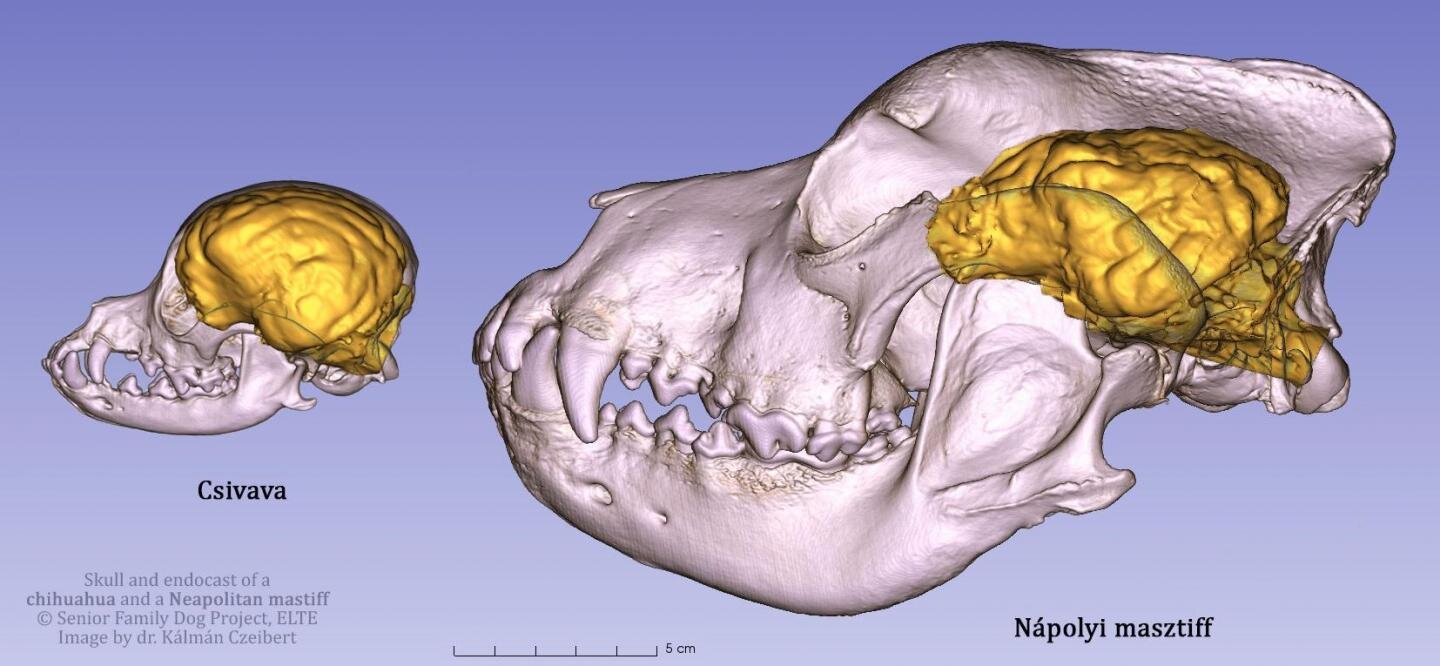
Based on digital endocranial cast models, the canine brain does not increase proportionally with body size. Researchers at ELTE Eötvös Loránd and Kaposvár University in Hungary reconstructed the surface morphology of 28 canine brains, including various dog breeds, wolves, coyotes, and jackals. The shortening of the facial skeleton greatly influences the ratio of certain brain regions, primarily the olfactory bulb and the frontal lobe. These changes may have profound implications for olfactory and problem-solving abilities.
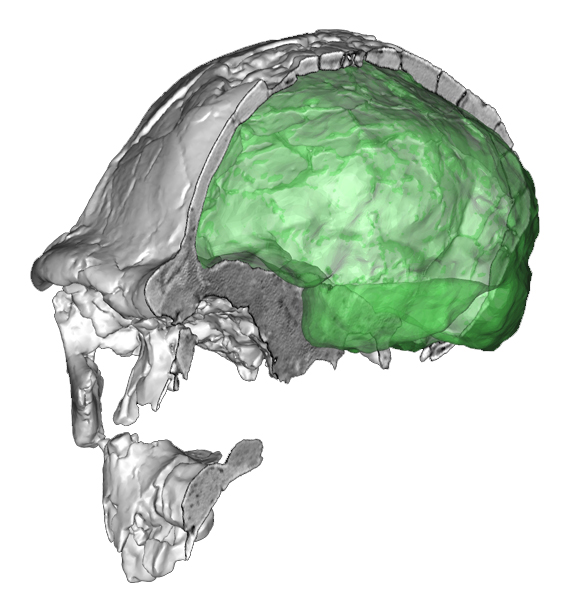
braincase – paleoneurology
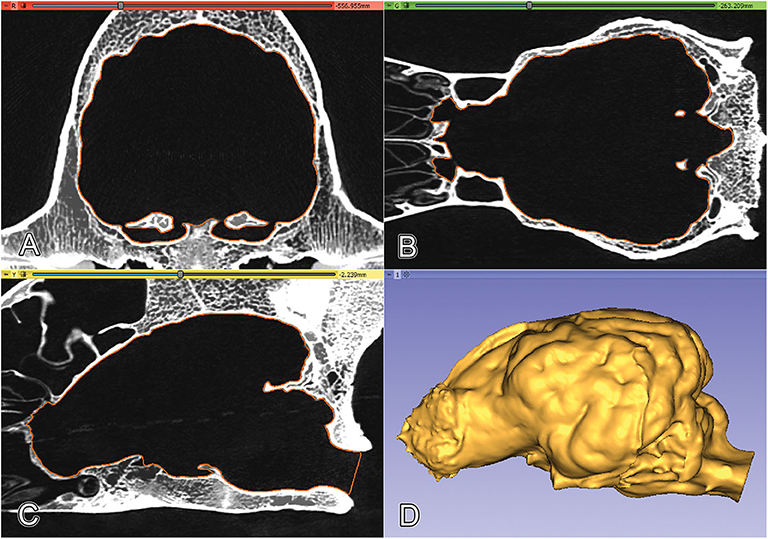
Frontiers Digital Endocasting in Comparative Canine Brain Morphology
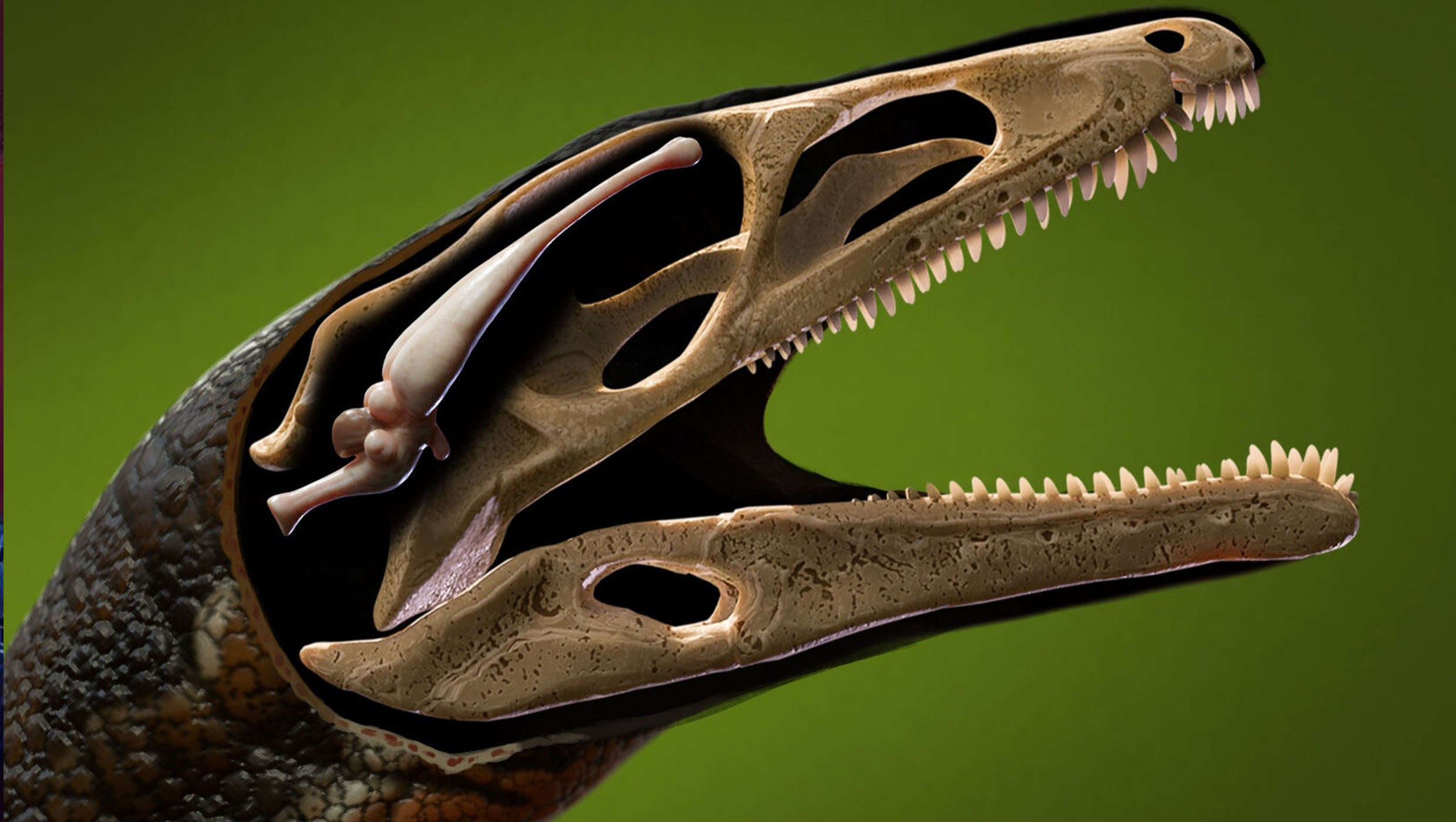
This is the first time the entire brain of a dinosaur has been reconstructed.

Vascular system – paleoneurology
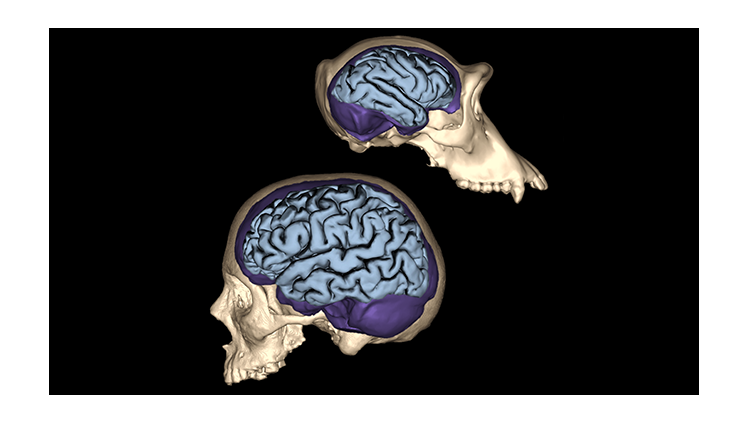
Brain Evolution: Searching for What Makes Us Human
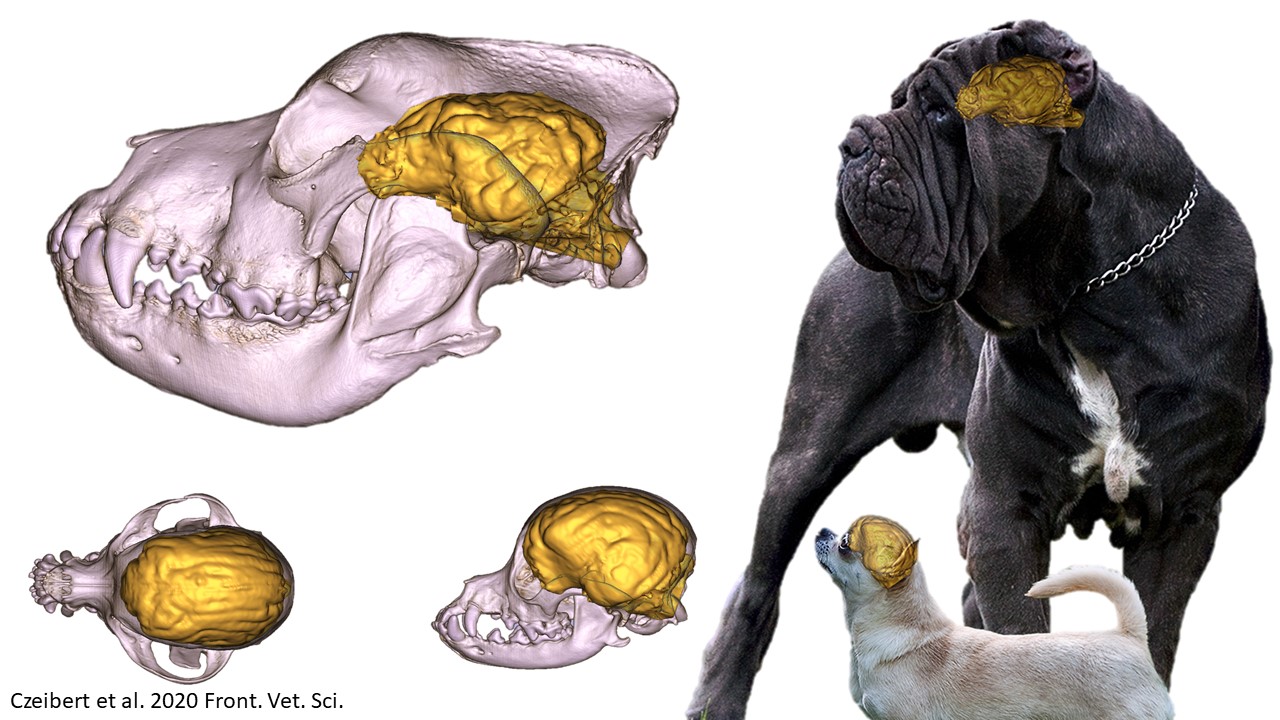
Family Dog Project on X: Based on digital endocranial cast models the canine brain does not increase proportionally with body size. Czeibert et al. reconstructed the surface morphology of 28 canine brains
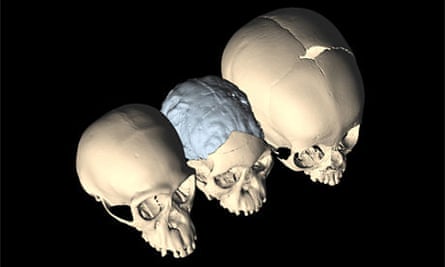
Bipedalism, birth and brain evolution, Neuroscience

What does a dinosaur's brain look like? Scientists recreate the mind of history's biggest meat-eating predator - Study Finds
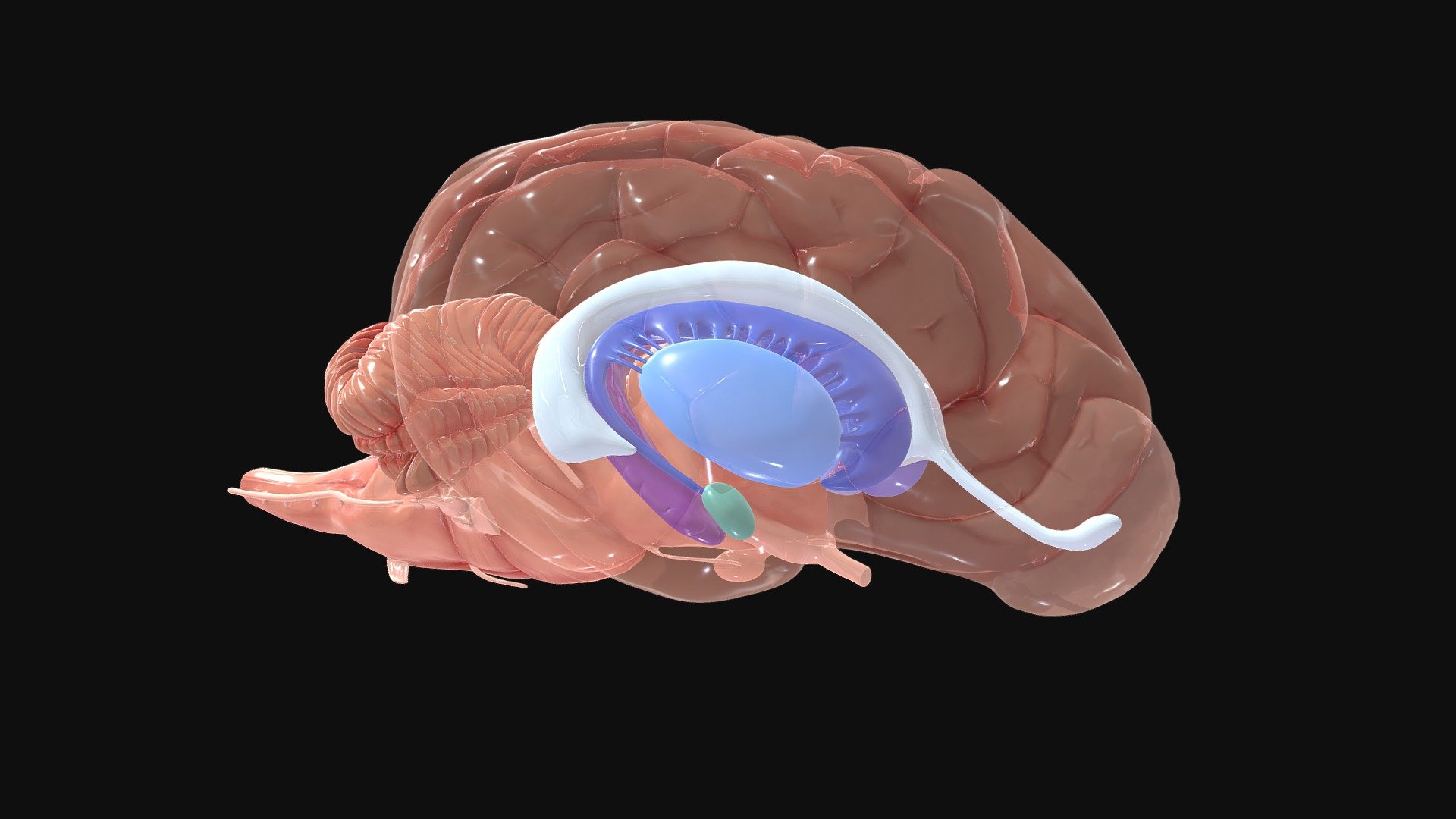
Canine Brain Internal Cerebral Structures - 3D model by ERC (@ERC) [b7e42bc]
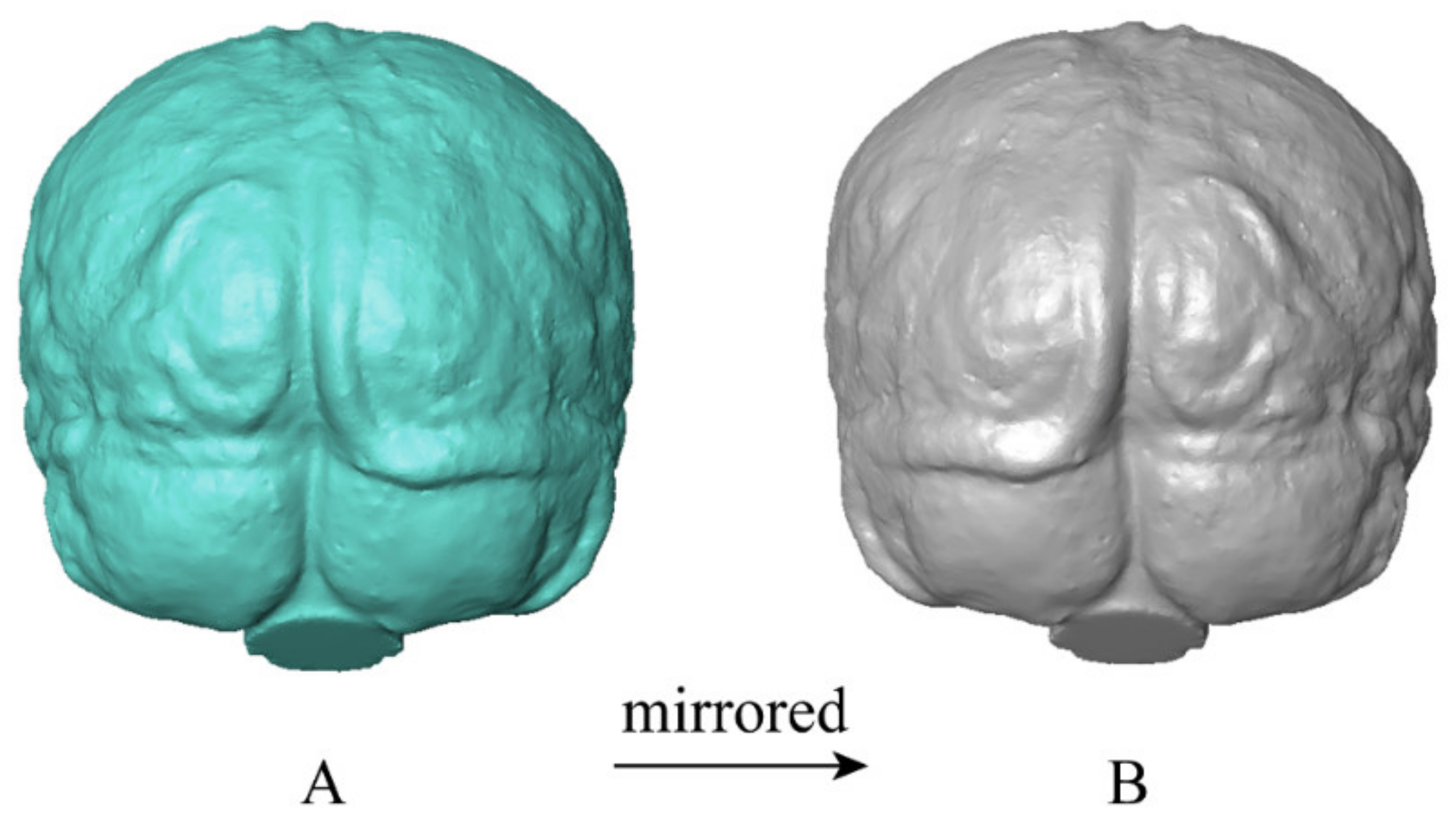
Symmetry, Free Full-Text
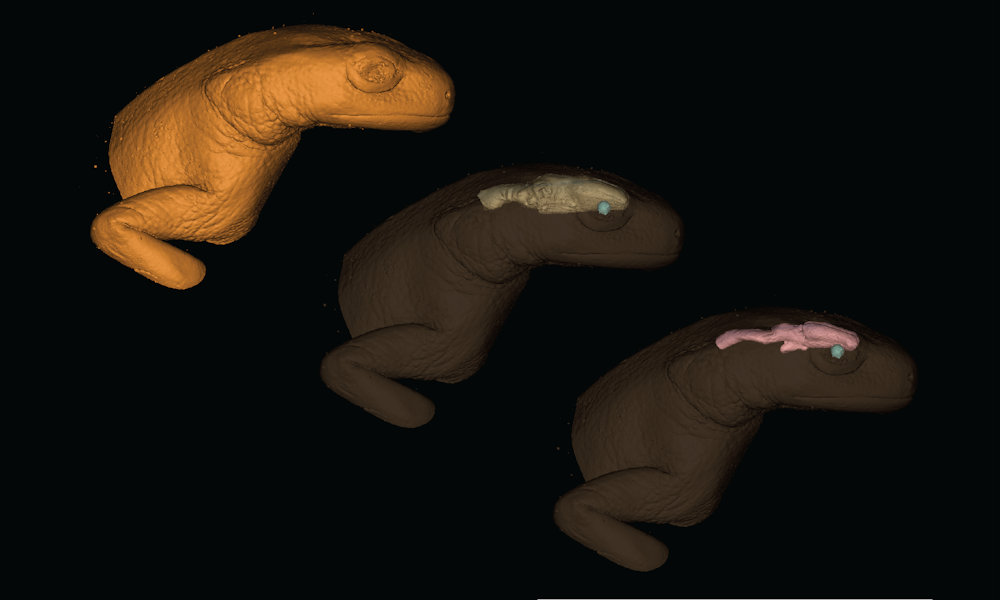
Remembering Tilly Edinger, the pioneering 'brainy' woman who fled Nazi Germany and founded palaeoneurology

Comparing canine brains using 3-D-endocast modelling
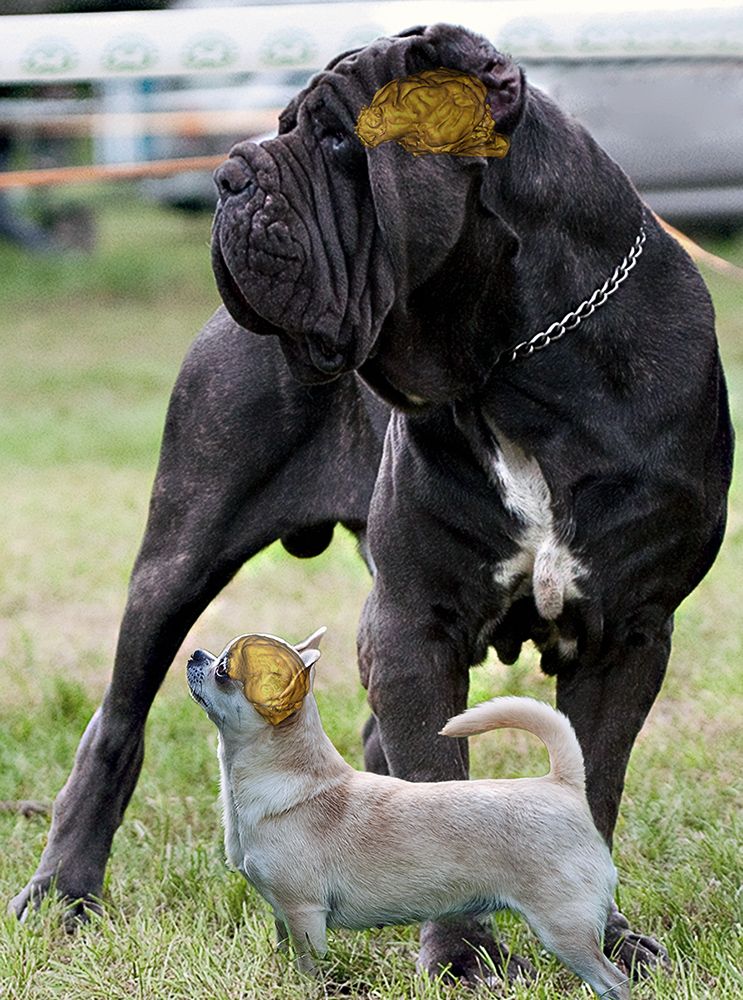
Comparing canine brains using 3D-endocast modelling

Diversity, Free Full-Text